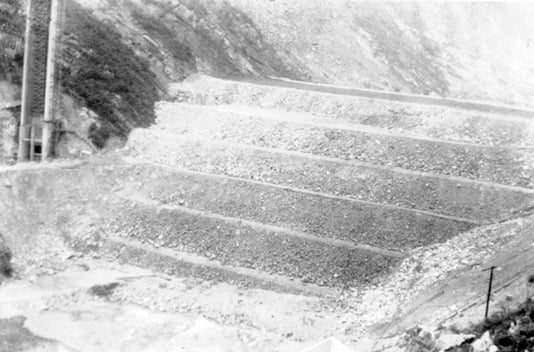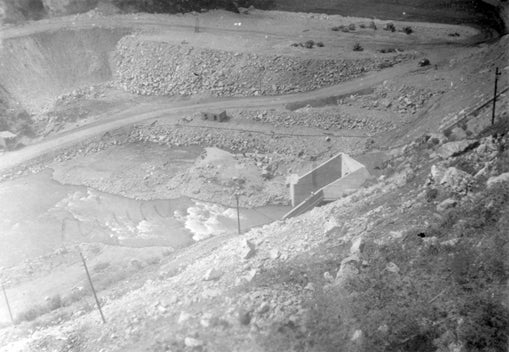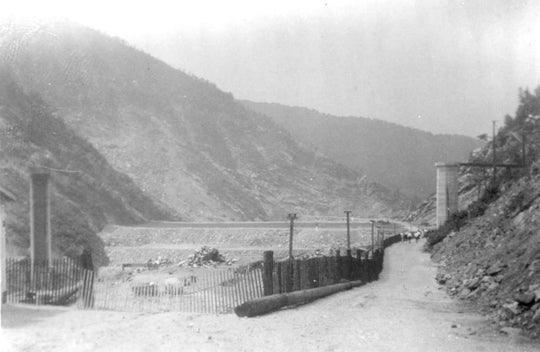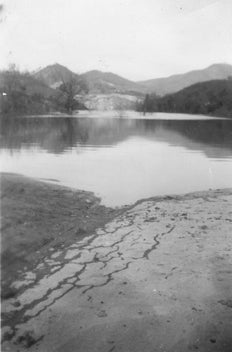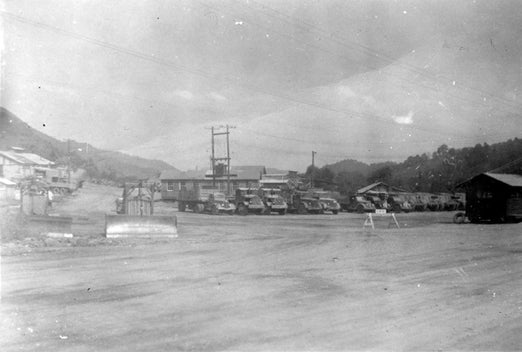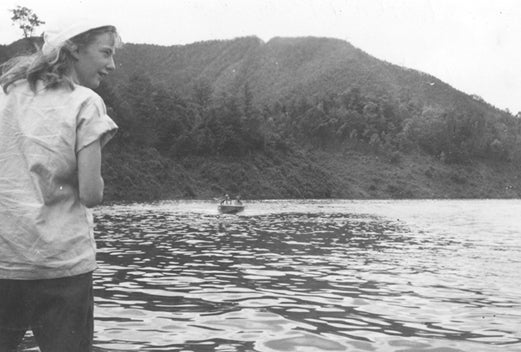Watauga Dam gate closed 71 years ago
Published 8:11 am Monday, April 29, 2019
Watauga Lake, one of Carter County’s most visited scenic attractions, holds the distinction of being the highest reservoir in the Tennessee River System. The reservoir is managed for many uses, including flood damage reduction, power generation, water quality and aquatic ecology.
Surrounded by the Cherokee National Forest and flanked by the Appalachian Mountains, the Watauga Reservoir is one of the most scenic in the Tennessee River watershed. It offers access to the Appalachian Trail.
Below Watauga Dam is a wildlife observation area where visitors have a chance to view unique species of wintering waterfowl, including buffleheads, mallards, American black ducks, gadwalls, ring-necked ducks, lesser scaups and other ducks including canvasbacks, redheads and scoters.
For many outdoor enthusiasts, it is a playground for water sports such as fishing, boating and skiing.
Construction of Watauga Dam began in early 1942 but was curtailed later that year in favor of other wartime building efforts. Work resumed in 1946, and the dam was completed in 1948.
December 1, 1948, at noon the steel gates in the diversion tunnel of Watauga Dam dropped into place, and a reservoir began to form. The dropping of the gate occurred without ceremony, with only a few persons present for the actual event.
The filling of the reservoir inundated several roads and bridges, and within days after the dropping of the steel gate, the river valley near the dam was covered with water as was parts of Highway No. 67 between Hampton and Mountain City. It only took about three to four weeks after the gate was closed for the waters to reach Old Butler.
Mrs. Ida Hinkle of Hampton remembers well the building of the dam and the topic of conversation it became while it was being built. In fact, she has numerous photos of the dam construction. “It was a good thing in that it helped contain floods in the community, but it was bad in that it took homes, in fact, a whole town of Old Butler. Many of the older people who lived there had a hard time dealing with having to give up their homes and moving elsewhere,” she said.
From the time of its founding in the 1760s, Butler was constantly inundated with floodwaters from the Watauga River — so much that flooding was considered a way of life. TVA was eventually convinced to correct conditions in the region by building Watauga Dam, and Butler became the largest and only incorporated town ever to be deluged in the building of a reservoir. But rather than let it be dissolved, TVA helped move the whole town to higher ground.
The Watauga Dam reservoir covers 6,430 acres and has a 104-mile shoreline and is 16 miles long. Watauga Dam is 320 feet high and when it was built was the largest structure of its kind — rock and dirt filled — in the world. At its base, the dam is 1,300 feet in thickness. At the top it is 600 feet wide.
A total of 1,500,000 cubic yards of compacted clay is in the dam’s core. On the two sides of the core, something like two million cubic yards of rocks are piled. Placing of the materials in the dam was begun in June 1947, and at the same time the river was diverted from its age-old channel to the diversion tunnel.
The construction of the dam resulted in the re-location of numerous businesses, schools, churches, and a total of 735 families from the reservoir area. Many of those families lived in Old Butler, which was completely inundated.
Some 3,000 graves from more than 100 cemeteries were moved, and TVA built 50 miles of highway to replace roads in the reservoir area. A new highway was built on the southern side of the reservoir and a new bridge was built about a mile upstream from the old span.
Peak employment on the project was reached August 23, 1947, with 2,120 people on the payroll.
Preparation for closure began in the summer of 1948 with the pouring of concrete in the plug which fills the diversion tunnel. While the work involved many complicated engineering and construction problems, the final closure was simple. It consisted of cutting a steel cable which permitted a heavy steel flap gate to fall over the final opening in the plug through which the entire river flow was pressing. The passage behind the steel gates was then filled with concrete, completing the closure plug.
All roads into the reservoir had to be relocated. This involved 40 miles of county roads, 10 miles of state highway, the construction of three steel bridges (including Butler Memorial Bridge) and construction of 66 large concrete box culverts and several hundred pipe culverts. In the road relocation, some 2,450,000 cubic yards of earth and rock were removed by road crews.
In a year with normal rainfall, the water level in the reservoir varies about 11 feet from summer to winter to provide for seasonal flood storage. Watauga has a flood-storage capacity of 152,800 acre-feet, and this spring, TVA said the dam was instrumental in curtailing flooding in the Elizabethton area.
In the fall of 1983, the lake was drawn down for maintenance of the dam, and the old town of Butler was exposed again. Many of the town’s people visited the area, where foundations of buildings were visible and memories recalled.
Much of Old Butler’s history is preserved in the Old Butler Museum.


